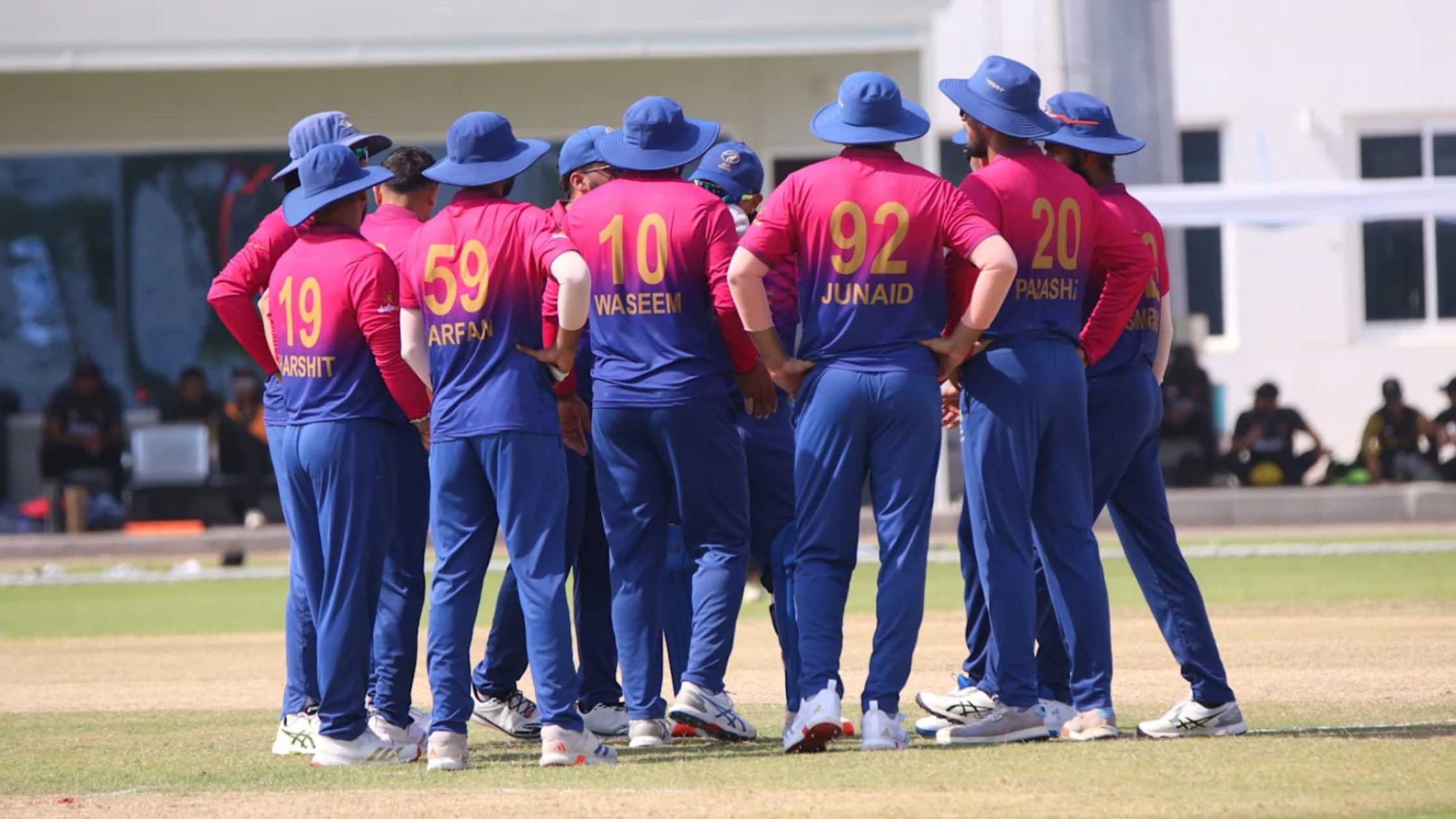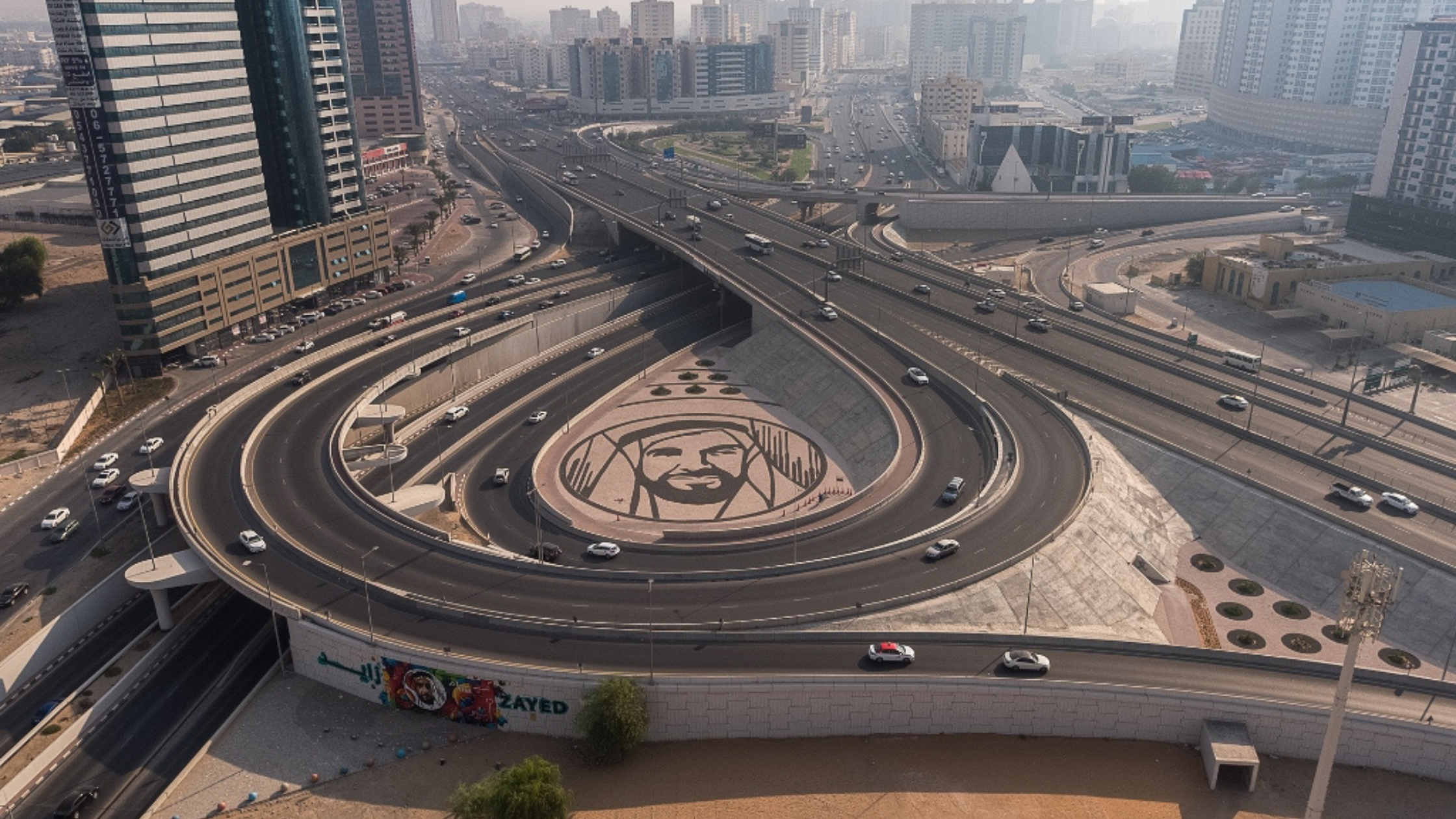India’s Navy Advances Strategic Maritime Diplomacy Through MAHASAGAR Vision

In a global maritime environment increasingly defined by complexity, contestation, and shifting balances of power, India’s naval strategy is undergoing a subtle yet profound transformation. Rather than relying on dominance or confrontation, the Indian Navy’s recent evolution prioritizes strategic cooperation, humanitarian outreach, and multilateral engagement. This strategic reset, most recently articulated through the rise of the MAHASAGAR doctrine—short for Mutual and Holistic Advancement for Security Across the Regions—signifies more than a shift in maritime policy. It marks a redefinition of India’s regional role, extending its reach from the Arabian Sea to the western Pacific, and reimagining its naval forces as instruments of influence, reassurance, and sustainable collaboration.
This transformation was clearly reflected during the Naval Commanders’ Conference 2025, held across Karwar, Karnataka and New Delhi. Through this platform, the Navy presented its current roadmap, operational advances, and global commitments. More importantly, it underscored how India’s maritime strategy now combines historical depth, modern capability, and forward-looking diplomacy—placing it at the heart of emerging Indo-Pacific dynamics.
From SAGAR to MAHASAGAR: India’s Strategic Maritime Reorientation
The transition from SAGAR—Security and Growth for All in the Region—to MAHASAGAR is not a mere play on words. It is a deliberate repositioning of India’s maritime identity. SAGAR had focused on creating a secure and inclusive Indian Ocean region, with emphasis on cooperation among regional stakeholders. MAHASAGAR builds upon this by integrating broader geographic ambitions and more comprehensive strategic intent.
MAHASAGAR envisions a maritime environment where India serves as a dependable partner in ensuring regional security and fostering shared prosperity. It includes India’s participation in coordinated patrols, bilateral and multilateral exercises, and humanitarian assistance missions, as well as capacity-building programs with developing countries. It also resonates with the global movement toward cooperative security frameworks, eschewing zero-sum competition in favor of mutual advancement.
This vision places the Indian Navy as a central instrument of Indian diplomacy. It is no longer merely a defensive force stationed for coastal protection, but a mobile diplomatic actor—capable of influencing regional equations through presence, partnership, and preparedness.
Historical Roots of Indian Maritime Strategy
India’s growing maritime influence is rooted in both history and strategic reflection. The recognition of sea power’s relevance is not a recent awakening. As far back as the mid-20th century, historian and strategist KM Panikkar emphasized the importance of maritime strength in shaping India’s destiny. He urged policymakers to recognize the Indian Ocean as a critical theatre—not just a trade route, but a space where civilizational links and strategic interests intersect.
Panikkar’s vision found echoes in India’s modern naval doctrine. His concept of a “strategic arc” stretching from the eastern coast of Africa to the Straits of Malacca now mirrors the operating canvas of India’s naval outreach. India’s emphasis on credible partnerships, maritime capacity building, and non-traditional security roles strongly reflects Panikkar’s idea of influence through responsible engagement.
Even further back in history, Indian maritime enterprise thrived under the Chola dynasty, whose fleets sailed to the Malay Peninsula and beyond. This legacy, while historical, serves today as a reference point for India’s maritime resurgence. It reminds strategic planners of the civilizational confidence and geopolitical sophistication that India once projected through the seas.
Karwar and Infrastructure as a Strategic Enabler
The infrastructural transformation at Karwar—part of Project Seabird—symbolizes India’s modern maritime confidence. With nine new piers and key operational facilities now operational, the naval base has evolved into a fully functional western seaboard hub. It allows the Indian Navy to sustain long-duration deployments, coordinate regional operations, and support multilateral missions.
The significance of Karwar extends beyond logistics. Its role as host to the first leg of the 2025 Naval Commanders’ Conference gave symbolic weight to India’s infrastructure-led naval preparedness. The facility now functions not just as a bastion of defence, but as a platform for joint exercises, training exchanges, and maritime diplomacy.
A flagship moment at Karwar was the departure of INS Sunayna as the IOS SAGAR platform, carrying personnel from nine Friendly Foreign Nations. This deployment served as a floating classroom, combining naval training with diplomatic signaling. It demonstrated India’s willingness to engage not only through exercises, but also through inclusive capacity-building and operational sharing.
AIKEYME 2025 Showcases Regional Maritime Cooperation
The practical dimension of India’s maritime diplomacy was exemplified through AIKEYME 2025, a joint naval exercise hosted in Dar es Salaam alongside the Tanzanian Navy. This initiative, designed to enhance maritime domain awareness and cooperative surveillance, included naval personnel from across Africa. It also demonstrated how India’s engagement with African littoral states is moving toward sustained interoperability and shared security objectives.
AIKEYME represents a distinctive model of engagement—one that favors mutual learning over infrastructure dominance. In contrast to other regional players who lead with large-scale investments, India’s naval diplomacy focuses on operational collaboration, skill development, and humanitarian support. It builds trust through sustained interaction rather than transactional exchange.
This spirit of collaboration was aptly captured in a proverb quoted during the event: “If you want to go fast, go alone; if you want to go far, go together.” India’s partnerships at sea aim to reflect this ethos, fostering long-term bonds based on co-development and mutual interests.
Operation Brahma: Demonstrating Humanitarian Power at Sea
India’s role as a first responder was on full display during Operation Brahma, conducted in response to the March 2025 earthquake in Myanmar and Thailand. The Indian Navy dispatched multiple vessels carrying over 440 tonnes of relief material, ranging from medical supplies to essential logistics support. The speed, scale, and coordination of the response underscored the Navy’s humanitarian credentials.
This operation continues a long-standing tradition of Indian naval humanitarian outreach, seen in past responses to natural disasters across the region. It signals that India’s sea power is not solely defined by deterrence, but also by its ability to offer timely assistance in crises. These actions also reinforce India’s commitment to the Neighbourhood First policy and larger Indo-Pacific frameworks.
Such missions build strategic empathy, reinforcing the idea that presence, responsiveness, and partnership can often be more effective than posturing or projection.
Tiger Triumph: Strengthening Global Maritime Interoperability
Further highlighting India’s cooperative orientation is the Tiger Triumph exercise, conducted with the United States in the Bay of Bengal. Unlike conventional war drills, this tri-service operation focused on humanitarian assistance and disaster relief. Through joint air drops, simulated evacuations, and coordination centres, it emphasized practical readiness in the face of non-traditional threats.
Tiger Triumph showcases India’s capacity to collaborate with major global powers without escalating regional tensions. It reflects a balance between readiness and restraint—sending a message that India values trust-building and credibility over competitive display.
It also aligns with India’s broader Indo-Pacific approach, which favors rule-based order, inclusive frameworks, and peaceful cohabitation of interests.
Strategic Reset: Embracing Digital Transformation and Readiness
The Naval Commanders’ Conference’s second phase in New Delhi extended the discussion into future capabilities. Here, the Navy unveiled its Space Vision, a new Operational Data Framework, and a publication titled “Navy for Life and Beyond.” These developments mark a deliberate turn toward technological sovereignty and multi-domain readiness.
Investments in space-based intelligence, data integration, and digital workflows indicate that India’s maritime future will not be defined by platforms alone, but by ecosystem adaptability. Engagements with key national leaders and advisors during the conference also highlighted the Navy’s role in economic security, including the protection of global undersea cables, energy routes, and trade corridors.
MAHASAGAR: Charting India’s Maritime Strategic Future
India’s path toward realising MAHASAGAR will require both consolidation and innovation. Regular bilateral and multilateral naval exercises with IOR, ASEAN, and BIMSTEC partners are expected to continue. Maritime dialogues with African and Indo-Pacific states will likely be institutionalised, while initiatives in eco-port development and blue economy projects gain momentum.
Strategic maritime fellowships, support for coastal surveillance, and shared domain awareness mechanisms may become central features of India’s diplomacy. Platforms like the Indian Ocean Naval Symposium (IONS) will provide a stage for consensus-building and joint planning.
The emphasis will remain on inclusive leadership—one that can navigate the challenges of contested waters without coercive tactics.
The Navy’s Role as a Strategic Shaper of Maritime Security
India’s rise as a maritime power today rests on a foundation of quiet credibility. It seeks not to dominate, but to engage. The Indian Navy, from its origins in coastal security, has evolved into a versatile force that links vision to vessel, strategy to seaway, and diplomacy to doctrine.
From Karwar to Yangon, from Dar es Salaam to Kakinada, Indian naval diplomacy now sails with purpose and poise. MAHASAGAR offers a future roadmap anchored in responsibility, foresight, and collaboration. In an era where sea lines often reflect power competition, India’s vision reflects something more enduring—a maritime model that builds bridges, not barricades.
As the Indo-Pacific navigates the tides of change, India’s Navy stands ready not just as a sentinel, but as a strategic sculptor of a more stable, connected, and inclusive oceanic order.








1 Comment
[…] International Airport is not just another addition to India’s infrastructure it is a visionary project that reflects the nation’s rising global aspirations. It combines […]
Comments are closed.